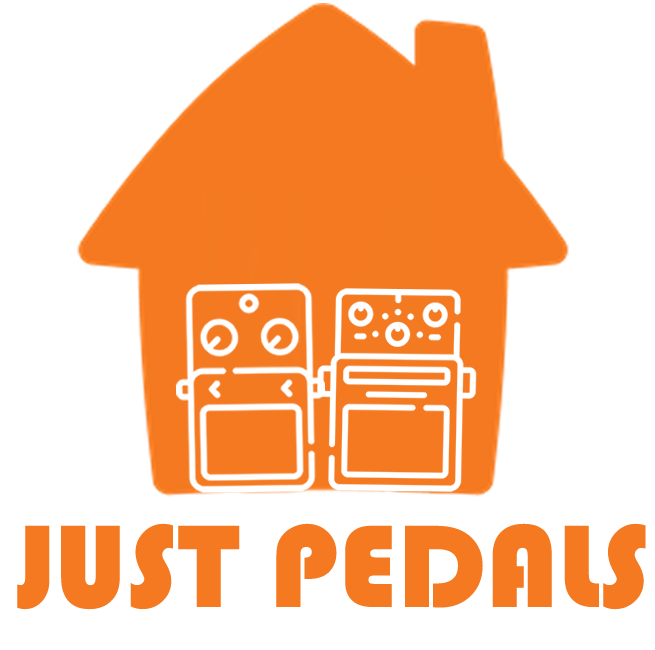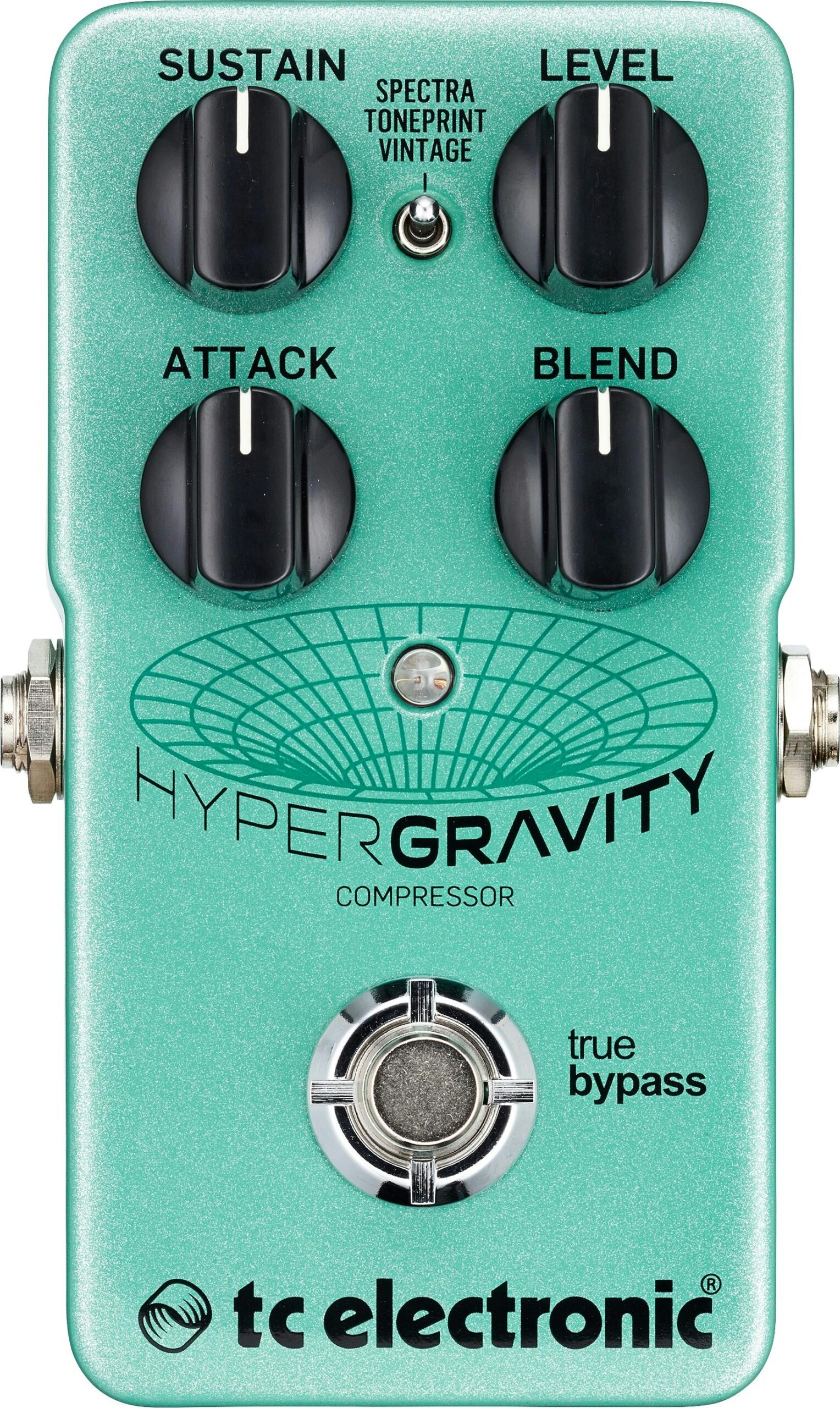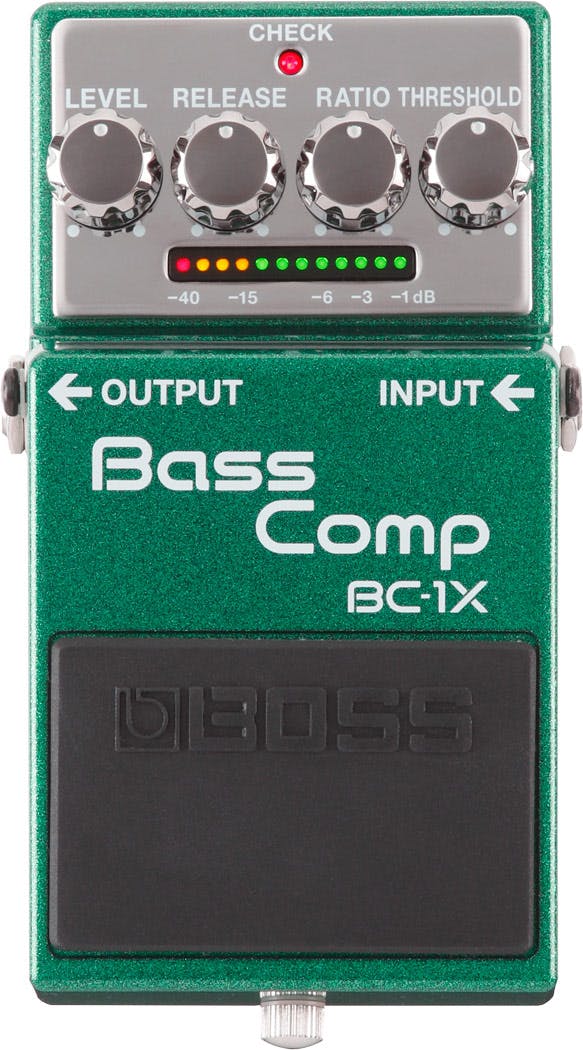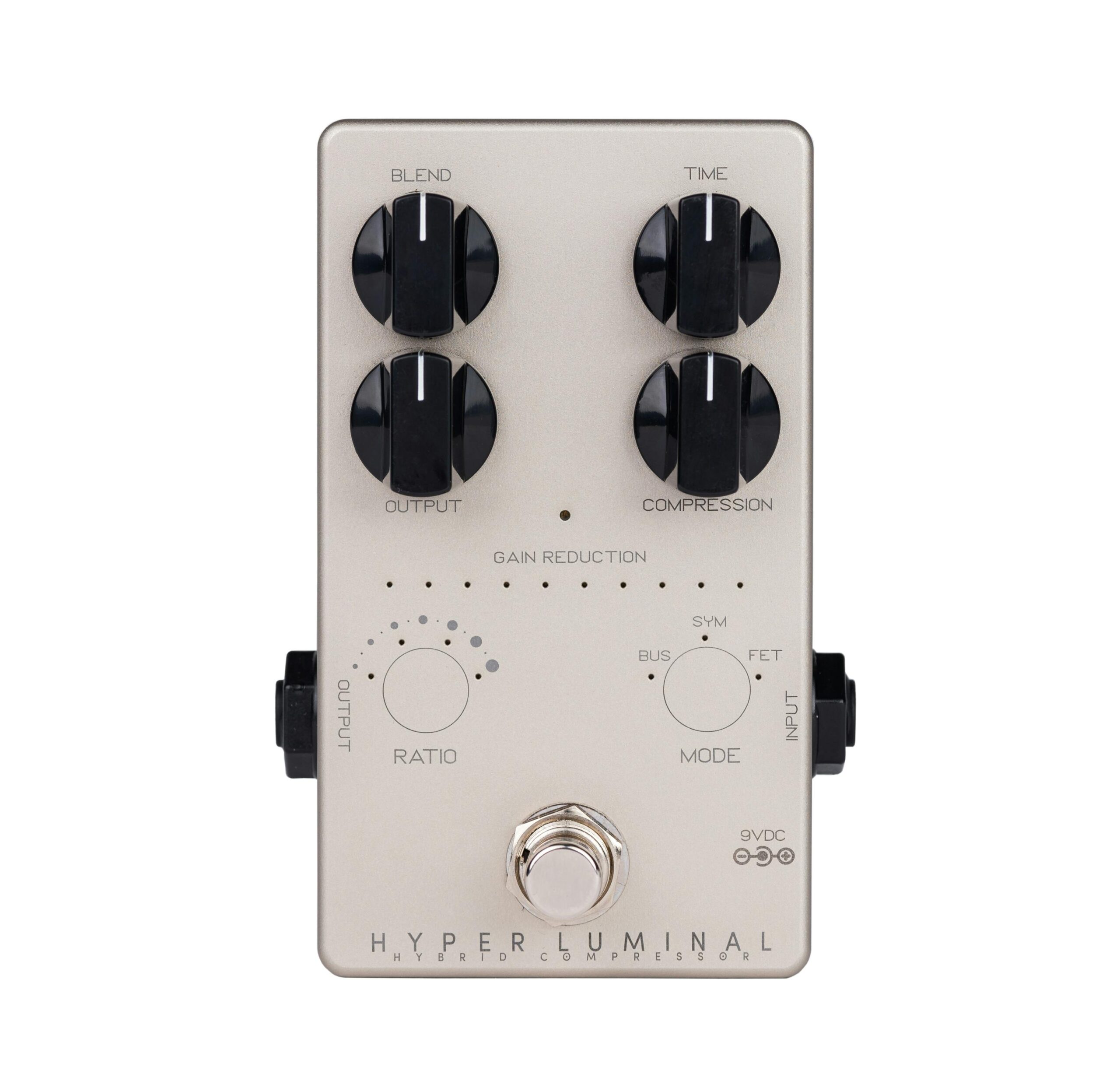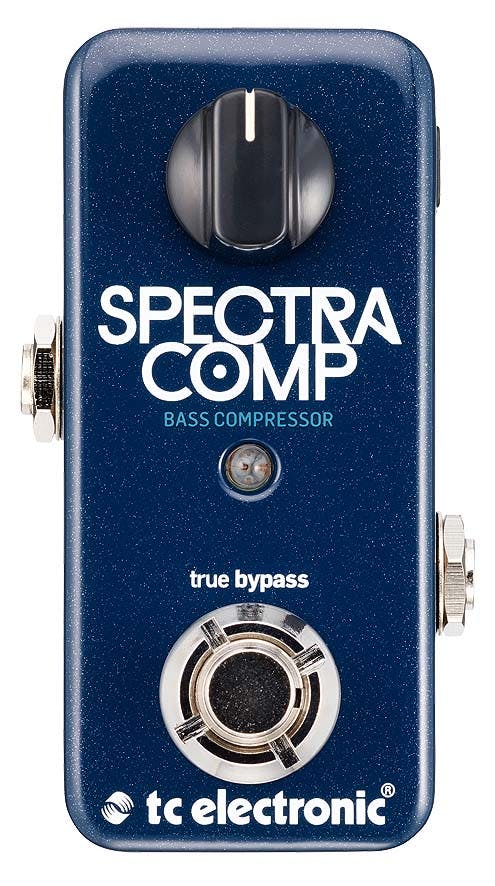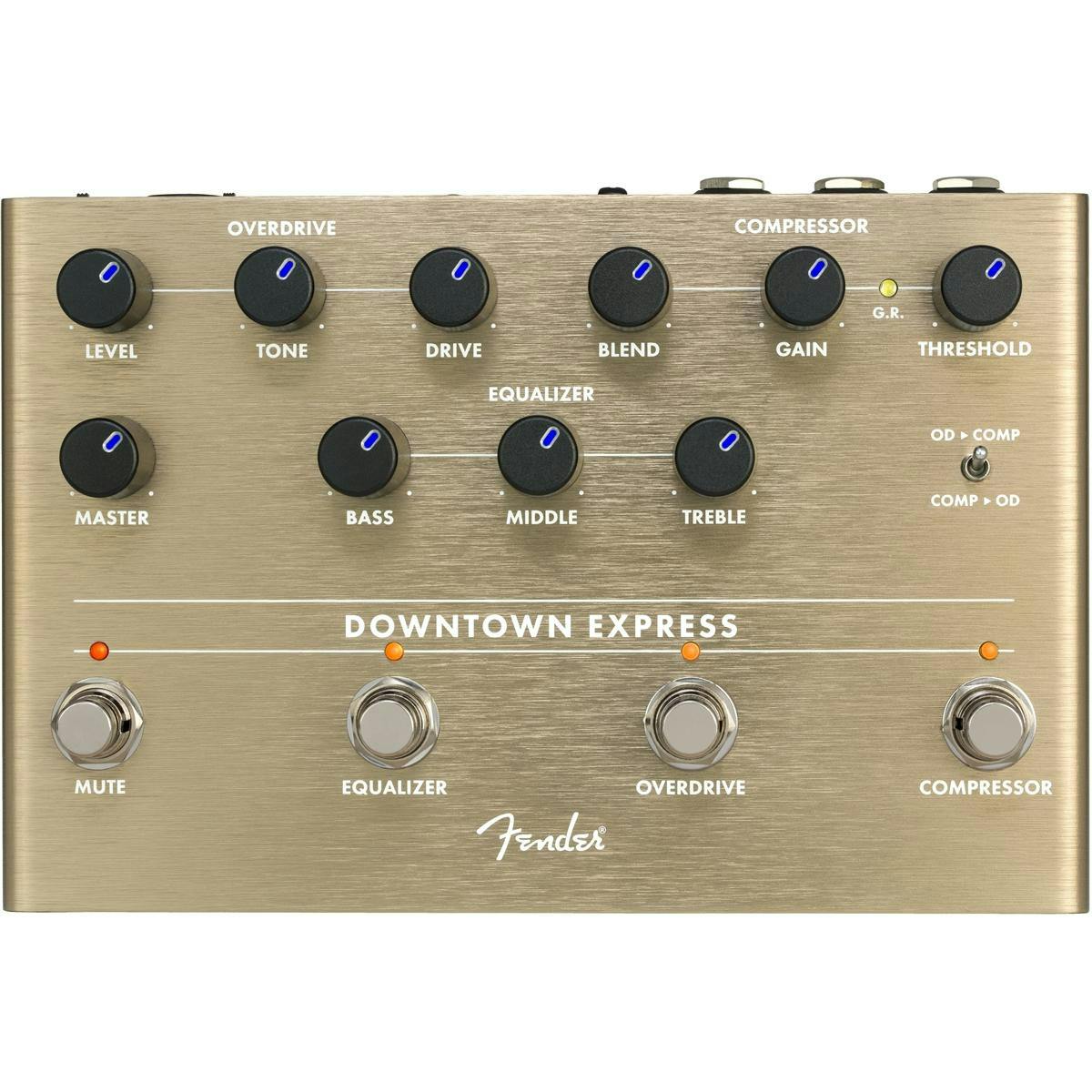Just Compressor Guitar Effect Pedal Videos – 5 Essential FX Pedals for Bass Players! #scottsbasslessons #sbl #basslesson #effects
Compressor Video – 5 Essential FX Pedals for Bass Players! #scottsbasslessons #sbl #basslesson #effects
BOSS Ch-1 Stereo Super Chorus
£115.00 £99.00
Classic BOSS chorus pedal with clean, brilliant sound for guitar and keyboards. One of our most enduring and trusted chorus pedals since 1989. Perfect for lead players seeking clarity and edge that cuts through the mix. A versatile powerhouse that ta… read more
BOSS Ls-2 Line Selector Pedal
£113.00 £95.00
Compact line selection pedal for connecting and switching between multiple amplifiers and effects devices Provides two line loops with Level control and six looping modes Can supply power to several BOSS compact pedals when used with an AC adaptor Th… read more
NU-X | 6ixty 5ive Overdrive Pedal
£44.99 £39.00
Classic 1960's black panel amplifier tones Level and Gain with Trim pot for drive & saturation settings Bass & Treble EQ controls True bypass switching Batteries 9V PP3 (supplied) Power supply Optional 9Vdc 300mA regulated (not supplied)
BOSS SD-1 SUPER OverDrive Effects Pedal for Guitar and Bass – Mild to Moderate Tube – like Overdrive Characteristics Ideal for Clean and Driven amps. BOSS 5-Year Warranty.,Yellow
£73.00 £65.00
Since 1981, the SD-1 Super Overdrive has been a go-to gain pedal for generations of players—trusted across genres for its reliable tone and performance. Built on the groundbreaking asymmetrical clipping circuit of the iconic 1977 OD-1—one of the firs… read more
BOSS SDE-3 Dual Digital Delay Pedal | The Authentic Sound of the Legendary Roland SDE-300 | Compact Pedal | Versatile Modern Features | Longer Delay Times Up To 1600msec | MIDI/IO Connectivity
£172.00 £143.00
The iconic character of the Roland SDE-3000 rackmount delay in a BOSS compact pedal. Beautiful vintage digital delay tones with expanded creative range. Distinctive modulation with independent Rate and Depth knobs. Hi Cut control for shaping the high… read more
FLAMMA FC11 Auto Wah Pedal Envelope Filter Guitar Effects Pedal True Bypass for Guitar and Bass
£25.99
Envelope filter/dynamic auto wah pedal in pocket size. Suitable for guitar and bass. Pure analog circuit provides a lush warm sound. Bright color and durable metal shell. Power Supply is NOT Included.
